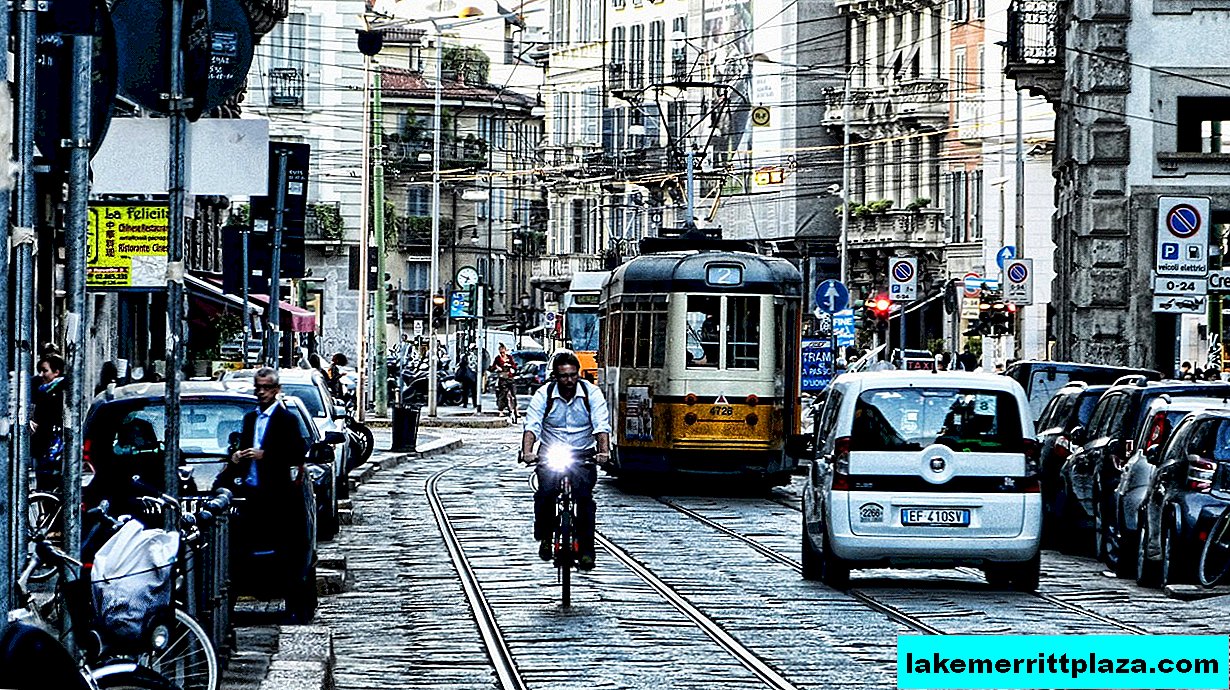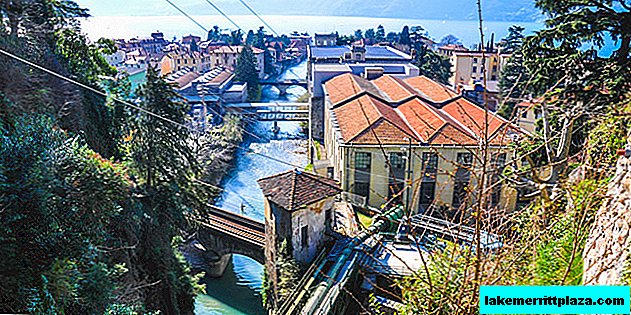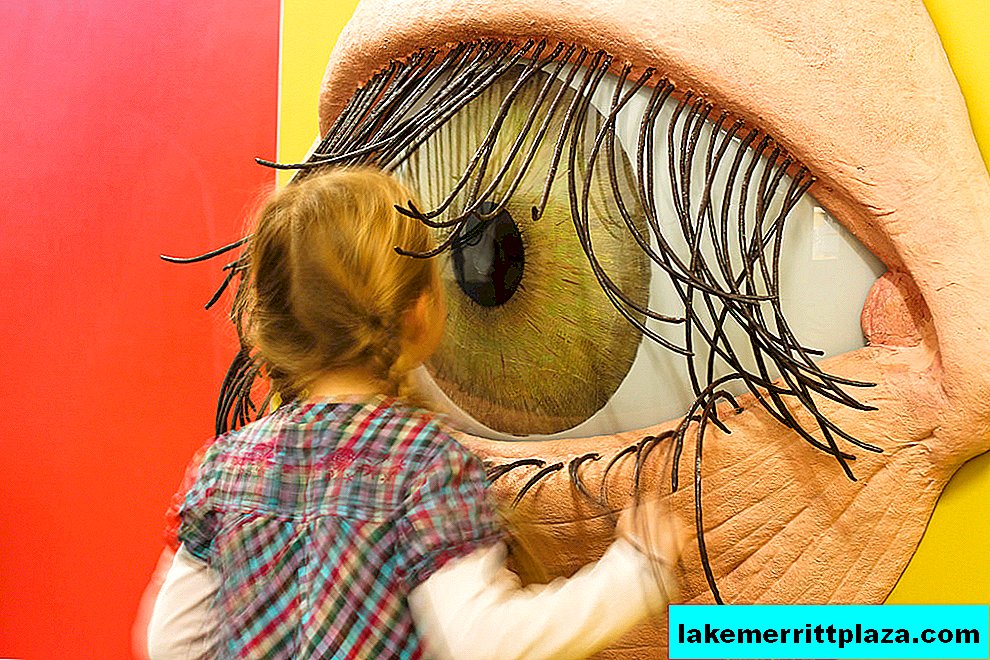Augustus Bridge is captured in a painting by Italian artist Bernardo Bellotto. Looking at it, you can compare how the city has changed over three centuries.

Augustus Bridge (Augustusbrücke), webjoy photo
The Augustus Bridge (Augustusbrücke) in Dresden was built in the 13th century. In the years 1727-1731, by order of Elector Augustus the Strong, it was renewed. But there was a problem. Large ships could not pass under the bridge. In 1910, a new restructuring was necessary.
Today, Augustus Bridge has several open spans for passage of ships. It is an important thoroughfare connecting the Old Town of Dresden and the New. This is the favorite bridge of the townspeople. All processions and holidays necessarily pass through it. On the bridge, platforms have been created where you can admire the river and the city, take beautiful photos.
The bridge in the picture of Bellotto

View of Dresden with the Augustus Bridge from the right bank of the Elbe, Bernardo Bellotto, 1748
The bridge became famous thanks to the artist Bernardo Bellotto, a pupil and nephew of Canaletto. Bellotto in the foreground of his canvas "Dresden from the right bank of the Elbe below the Augustus Bridge" depicted a floodplain meadow, the Elbe and gracefully thrown from one coast to another Augustus Bridge. In the background of the picture are visible various buildings, of which the artist singled out the entrance gate, better known as St. George's. The work is in the Gallery of old masters.
Canaletto Blick is a fun little thing on the banks of the Elbe. This is the frame through which the view of the city is the same as in the Belotto painting. Choose for yourself what to watch: first a picture in the Dresden gallery, and then a frame, or vice versa.
How do I save on hotels?
Everything is very simple - look not only at the booking. I prefer the search engine RoomGuru. He is looking for discounts at the same time on Booking and on 70 other booking sites.








